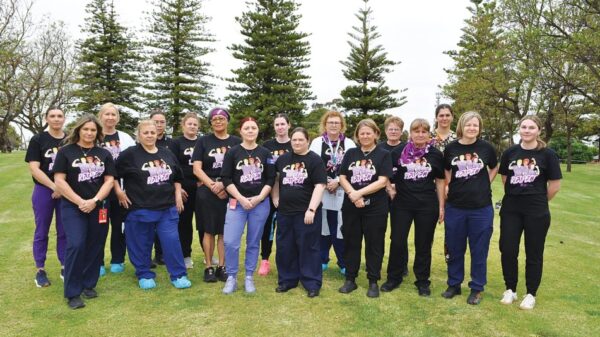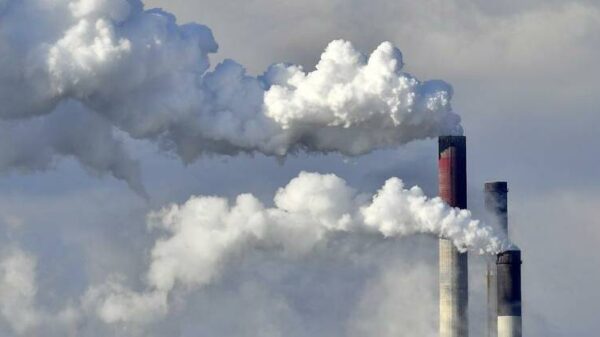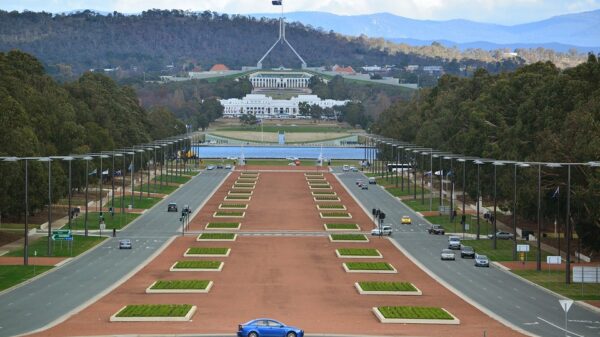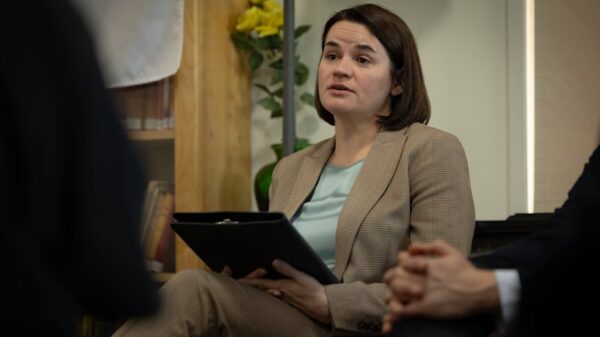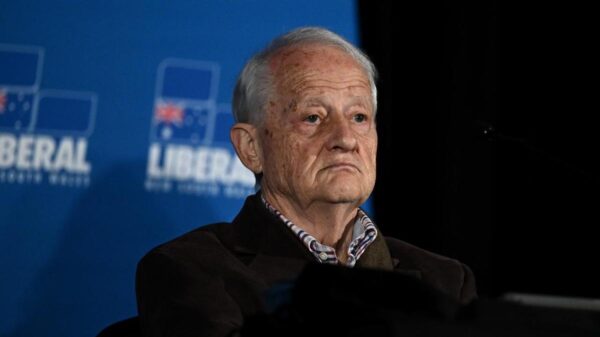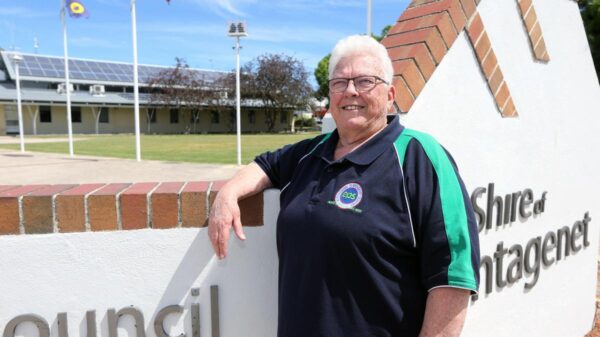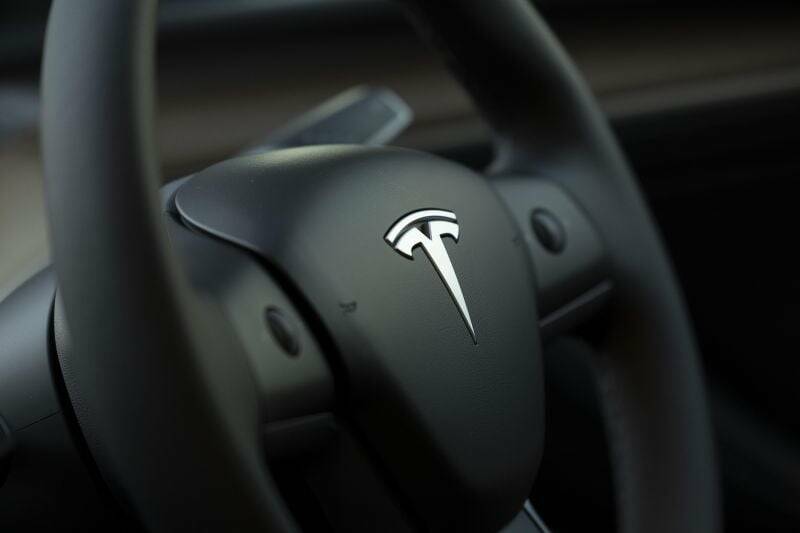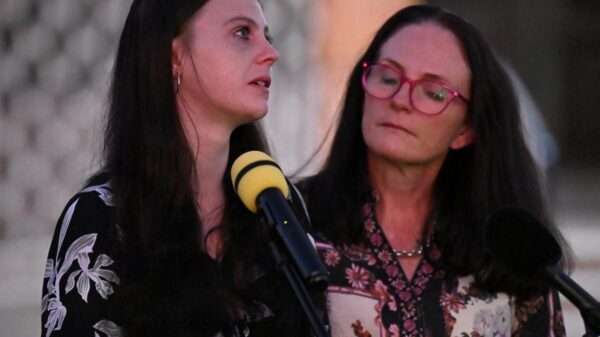Tesla has reported its largest revenue decline since 2014, with profits falling for the third consecutive quarter. For the second quarter of 2025, the electric vehicle (EV) manufacturer posted a profit of $1.2 billion, down from $1.4 billion during the same period in 2024. The company anticipates that future growth will stem from its ventures in robotaxi and artificial intelligence (AI), rather than solely from vehicle sales.
In financial results released for the period of April to June 2025, Tesla’s revenue dropped by 12 percent to $22.5 billion, down from $25.50 billion in the previous year. This decline follows a significant 66 percent year-on-year fall in operating income reported in the first quarter of 2025. The last time Tesla experienced an increase in quarterly profit was in the third quarter of 2024.
The challenges faced by Tesla are not isolated. General Motors (GM) reported a loss of $1.1 billion in the same quarter, while Stellantis, which includes brands like Jeep and Ram Trucks, announced a loss of €2.3 billion (approximately $4.1 billion) for the first half of 2025. Ford is expected to release its second-quarter earnings on July 30, 2025.
Amidst these financial hurdles, Tesla CEO Elon Musk expressed concerns about the upcoming quarters, highlighting the impact of the removal of EV sales incentives and changes to emissions regulations in the United States. Recently, a bill signed by US President Donald Trump eliminated incentives of up to $7,500 for EV buyers, effective from September 2025. This legislation also removed fines for automakers that exceed emissions standards, a program that had been in place since 1975 and provided substantial revenue through regulatory credits. In 2024, these credits accounted for 38.6 percent of Tesla’s net income.
During the earnings call, Tesla’s Chief Financial Officer Vaibhav Taneja acknowledged the unpredictable nature of the current market, stating, “We are in an unpredictable environment.” He confirmed that a long-anticipated lower-cost model has entered early production as of June 2025, with more units expected to be available later this year for US showrooms. Musk hinted that this new model could potentially be priced below $50,000 in Australia, although details regarding its launch remain unconfirmed.
Despite the recent downturn, Musk remains optimistic about Tesla’s future. He suggested that the company’s pivot towards robotaxi operations and AI will secure its position as the “most valuable company in the world by far.” Tesla has already launched a pilot program for its robotaxi service using the new autonomous Cybercab in Phoenix, Arizona, with plans to expand into other markets, including San Francisco, as soon as feasible.
Musk stated, “I do think if Tesla continues to execute well with big autonomy and humanoid robot autonomy, it will be the most valuable company in the world.” He emphasized that achieving this goal requires diligent execution.
As Tesla navigates these financial challenges and regulatory shifts, its commitment to innovation and technology in the EV space remains steadfast. The company’s focus on AI and autonomous driving technology will be pivotal as it strives to maintain its competitive edge in an increasingly crowded market.




